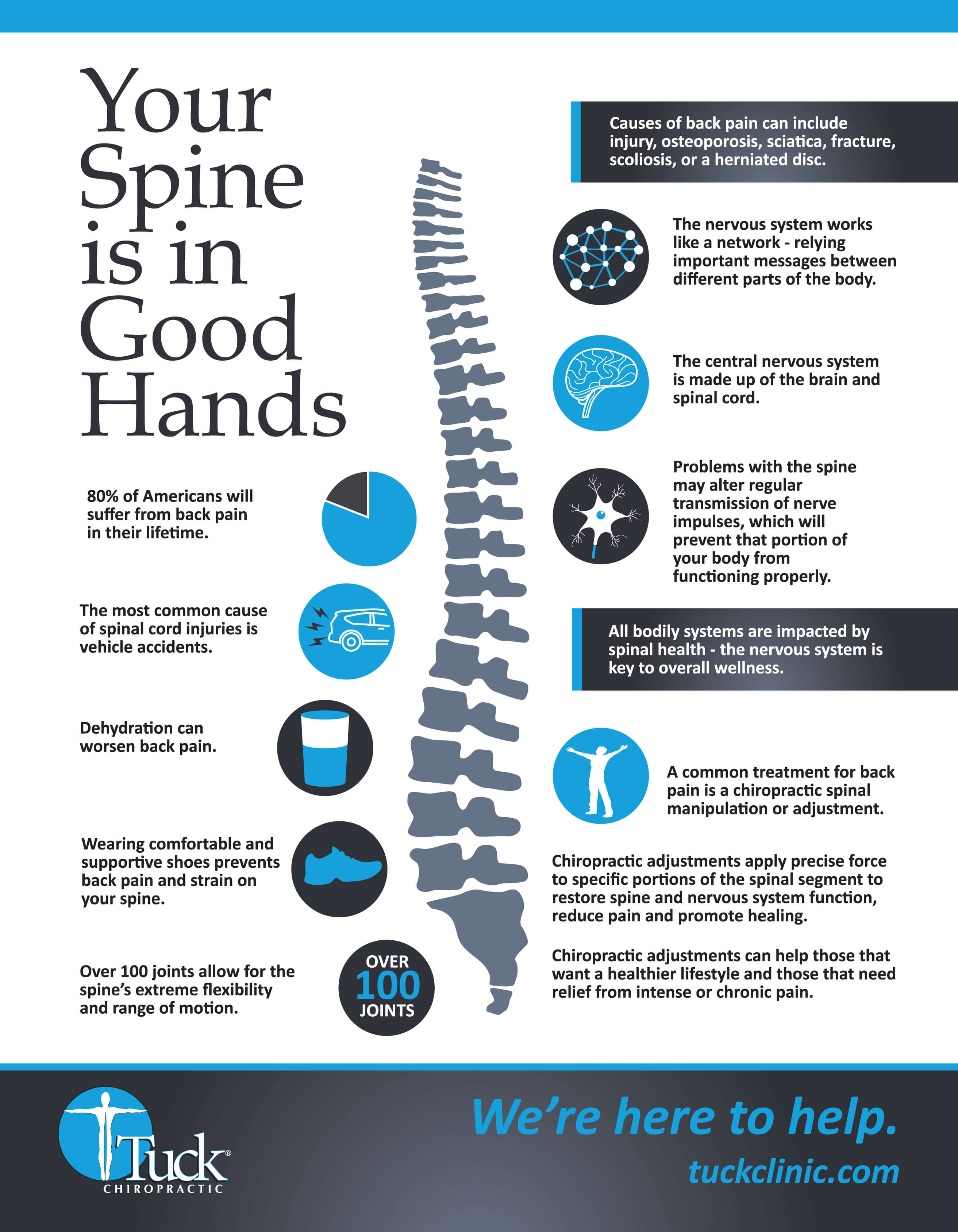Prepare Yourself To Discover The Fascinating Mobile Interactions Of Cold Laser Therapy And Its Usage Of Light For The Function Of Recovery. Dive Further Into The World Of Scientific Research!
Prepare Yourself To Discover The Fascinating Mobile Interactions Of Cold Laser Therapy And Its Usage Of Light For The Function Of Recovery. Dive Further Into The World Of Scientific Research!
Blog Article
Published By- arthritis stamford may have come across cold laser treatment as a promising treatment choice for various conditions, yet have you ever asked yourself just how it really deals with a mobile level? Comprehending the mechanisms behind this therapy can shed light on its performance in advertising healing and lowering inflammation. By discovering the scientific research behind cold laser treatment, you'll gain insights into the interesting ways in which light can influence mobile processes and assist in tissue repair work.
Exactly How Cold Laser Treatment Works
To understand exactly how cold laser therapy functions, you need to comprehend the fundamental principles of how light power connects with organic cells. Cold laser therapy, also called low-level laser therapy (LLLT), makes use of particular wavelengths of light to pass through the skin and target hidden tissues. Unlike mouse click the next site made use of in surgeries, cold lasers discharge low levels of light that do not generate warm or trigger damage to the cells.
When these mild light waves reach the cells, they're soaked up by elements called chromophores, such as cytochrome c oxidase in mitochondria. This absorption activates a series of biological reactions, consisting of increased cellular energy manufacturing and the launch of nitric oxide, which improves blood circulation and minimizes swelling.
Furthermore, the light energy can also boost the production of adenosine triphosphate (ATP), the energy money of cells, assisting in mobile repair service and regeneration processes.
Essentially, cold laser therapy utilizes the power of light energy to advertise healing and relieve discomfort in a non-invasive and gentle manner.
Mechanisms of Activity
Just how does cold laser therapy really function to generate its healing impacts on biological tissues?
Cold laser therapy, additionally called low-level laser treatment (LLLT), operates through a procedure known as photobiomodulation. When the cold laser is put on the skin, the light energy passes through the tissues and is taken in by chromophores within the cells.
These chromophores, such as cytochrome c oxidase in the mitochondria, are after that stimulated by the light power, causing a cascade of organic responses. One essential system of action is the improvement of mobile metabolic process.
The taken in light power boosts ATP production in the mitochondria, which is crucial for mobile function and fixing. In addition, cold laser therapy assists to reduce inflammation by inhibiting inflammatory mediators and promoting the release of anti-inflammatory cytokines.
This anti-inflammatory result adds to pain alleviation and cells healing.
Therapeutic Effects
Comprehending the therapeutic results of cold laser treatment entails acknowledging exactly how the boosted cellular metabolism and anti-inflammatory properties add to its favorable results on biological tissues.
When the cold laser is applied to the afflicted area, it promotes the mitochondria within the cells, leading to increased production of adenosine triphosphate (ATP), which is vital for cellular function and repair. This increase in cellular energy accelerates the healing procedure by promoting cells regeneration and minimizing inflammation.
In addition, the anti-inflammatory buildings of cold laser treatment help to lower pain and swelling in the targeted location. By hindering inflammatory conciliators and promoting the release of anti-inflammatory cytokines, cold laser therapy help in reducing discomfort and improving the total recovery response.
This reduction in inflammation not only supplies instant relief yet additionally sustains long-lasting tissue repair.
Conclusion
In conclusion, cold laser treatment works by promoting mobile repair work and cells regeneration through photobiomodulation. Its anti-inflammatory homes offer discomfort relief and decrease swelling by hindering inflammatory moderators.
This therapy offers a detailed strategy to recovery, supplying both immediate alleviation and long-lasting cells repair service benefits.
With its devices of activity, cold laser therapy shows to be an effective and encouraging therapy choice for a variety of problems.
